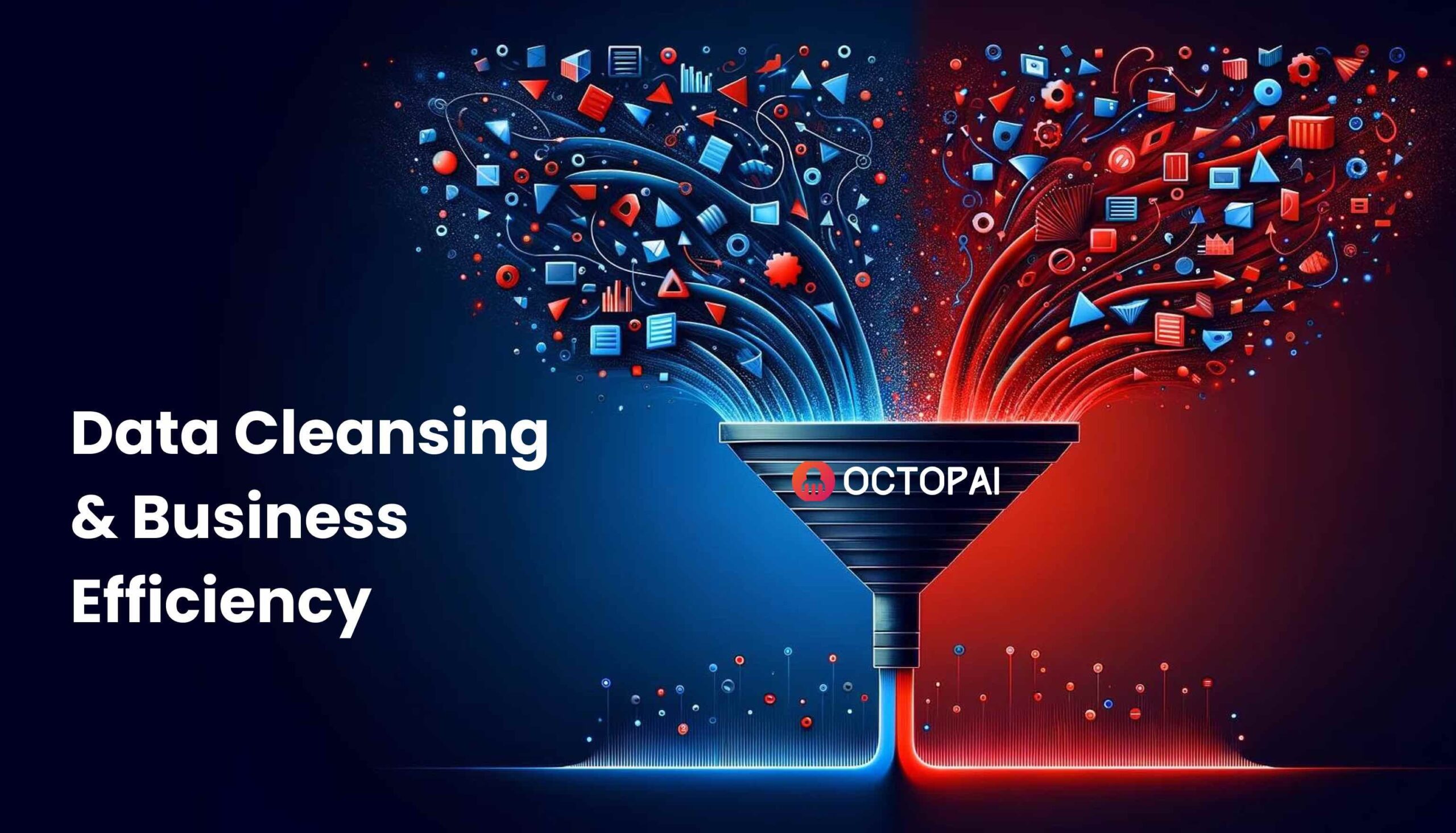The data dictionary remains a crucial tool for BI teams to organize their metadata. The implementation of automation in data technology has made these tools even more powerful. So, implementing best practices is now more important than ever.
Following strict guidelines when putting together a data dictionary helps eliminate data overlap and minimizes the chance of providing misleading information. Here is a brief overview of the state of the business data dictionary in 2020 and some best practices to which all data teams should adhere.
Importance of a Data Dictionary Tool in BI
A data dictionary contains information regarding the data that exists in your company’s data warehouse (DWH). It is a document utilized by technical users on the BI team and creates a single source of reference for a myriad of data attributes, including:
- Business definitions
- Constraints
- Data type
- Default values
- Length
- Transformation regulations
Establishing clear definitions helps ensure consistency across the entire team and keeps data cohesive and accurate. All BI teams are capable of producing a data dictionary, whether they use data dictionary SQL tools or Excel, but manual methods, such as the creation of a spreadsheet, are less reliable and far more time-consuming than an automated data dictionary tool.
Differences Between a Business Glossary and a Data Dictionary
The difference between a data dictionary and a business glossary is distinct and important.
Data dictionaries are designed to be used by BI & the IT side of BI and as such, are a more complex and localized document.
On the other hand, a business glossary tool is an enterprise-wide resource that standardizes terms for the entire organization. It is usually utilized by various teams and departments, though aimed at the business side more than the technical side, and once again, can be streamlined significantly with automation.
Still not sure if it's a Data Dictionary or a Business Glossary that you need?
Our blog post will help you figure it out!
Take Me to the Blog Post
Data Dictionary Best Practices
Let’s look at some of the best practices that successful BI teams adhere to. While these practices are not rules per se, following them will help your team build a functional tool that can benefit the entire organization.
1. Establish a Cohesive Team
Since a data dictionary seeks to establish a single source of truth, it is essential to have cohesion between the team members tasked with creating it. Specify who will take ownership of the project so they can establish the guidelines that will govern the document.
These team members will be in charge of creating naming conventions, categories, and definitions. In addition, one person should be the data dictionary “owner” who approves all terms that eventually end up in the document.
2. Avoid Excessive Abbreviation Use
As a technical document meant for team members with an advanced understanding of the data, there will be some jargon used in creating the data dictionary. It is considered a best practice to keep abbreviations to a minimum for absolute clarity. For example, “EmployeeStartDate” is clearer than “EmpStartDate,” making it a better choice for a field name.
3. Identify Conflicting Definitions
Another reason to assign a designated team to work on the data dictionary is to identify and reconcile conflicting opinions. Data recorded in two or more places leads to confusion and inaccurate reports down the line. Identify similar terms used by different groups or teams and establish a single definition that will be used universally.
4. Maintain and Consistently Update the Data Dictionary
Once the data dictionary is completed, it needs to be properly maintained in order to be effective. After creating the dictionary, establish an agreed-upon process for terms waiting to be added to the data dictionary. The data dictionary owners should maintain their position to manage new terms and avoid repetition. This will streamline the data dictionary and help avoid errors.
Automated Data Dictionaries Assist BI Teams
By implementing these best practices, you can help ensure that your company’s data dictionary produces the desired results. Consider automating your data dictionary to minimize the time it takes to create, maintain, and update the dictionary.







